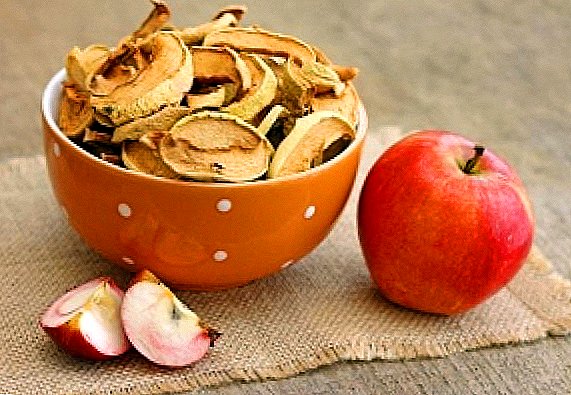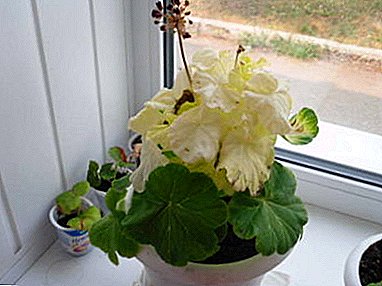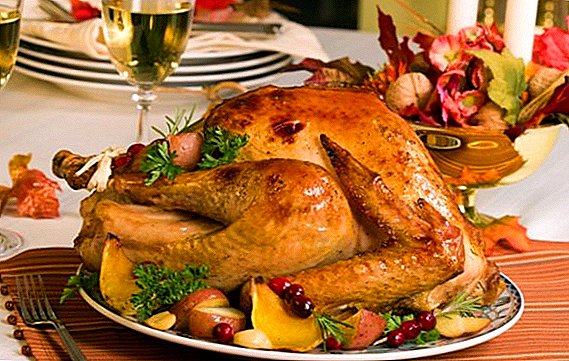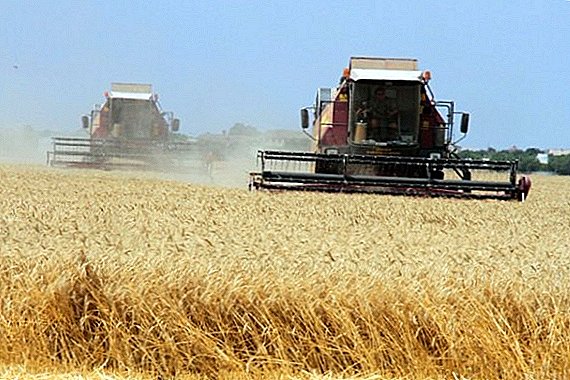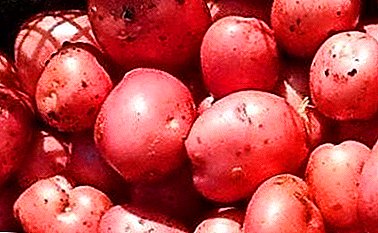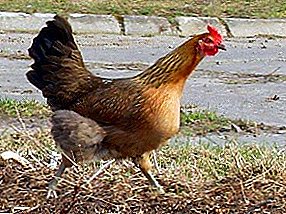
The Greenback is a very old breed of chickens. The first mentions about Zelenonozhek were dated in 1879.
It was then that poultry lovers tried to make the first description of the breed, which formed the basis of the modern list of breed characteristics.
Greenbacks belong to the aboriginal Polish breed of domestic chickens. As in the case of other similar breeds, its exact origin cannot be established.
Most likely during the crossing individuals were selected who lived on the territory of Poland and other nearby countries.
In 1879, the first description of this breed of chickens was compiled, where they were called the Carpathian or Polish Greenworms. However, the breed standard was formalized only in 1923.
Gradually, these chickens gained great popularity among Polish farmers, so experts often call Zelenonozhek a symbol of Polish agriculture in the period between the First and Second World Wars.
Breed description
 The cock of this breed has a dense body, having the shape of an elongated rectangle.
The cock of this breed has a dense body, having the shape of an elongated rectangle.
However, its torso does not look angular, as the lush plumage well hides the body of the bird. The neck is long with thick plumage. The red feathers around the neck of the rooster are so long that they lie freely on his shoulders and partly on his back.
The back of the cock is almost vertical, and the shoulders are wide. The wings are well pressed against the body of Zelenonozhek roosters. They partially fall long lumbar plumage.
The tail of roosters of the Zelenonopod breed is well feathered. It consists of elongated rounded dark braids. The chest is set deep and wide. The belly of a rooster is always drawn in, but wide enough.
The head of the cock is large and wide. On the red face of the bird is completely absent plumage. An upright large ridge may have 6 or more distinct teeth. Earrings are long, shapeless.
Ear lobes are colored red. The eyes are small, orange-red or red. The beak is long and strong. Usually light yellow or light gray.
Due to the abundant plumage on the body of the leg is weakly visible. The legs are long and strong. Usually they have a greenish color, for which the breed received a characteristic name. Fingers are spaced evenly wide.
 Forverk is a breed of chickens known not only in Russia. For their productive properties and attractive exterior they have gained popularity all over the world.
Forverk is a breed of chickens known not only in Russia. For their productive properties and attractive exterior they have gained popularity all over the world.But about the difference between chickens super Harco, read on page //selo.guru/ptitsa/kury/porody/myaso-yaichnye/harka.html.
In hens of the Zelenogodok breed there is a small horizontal back, a very full belly, a rounded chest and an erect tail. The comb is also straight, but it is much smaller. Ear lobes in hens are light gray.
Features
 The centipedes have long been considered as beautiful layers. Because of this, they were so popular in Poland and partly in Ukraine.
The centipedes have long been considered as beautiful layers. Because of this, they were so popular in Poland and partly in Ukraine.
These birds can give their owner more than 170 eggs per year. At that time, such productivity of chickens was considered almost impossible.
Zelenonozhek also always loved for their well developed maternal instinct. The hens of this breed take good care of their offspring and never give it any offense. Some chickens can even protect their brood from other pets.
These chickens are completely unpretentious. They can wander all day long through the courtyard, eating food that they will find on their own. They do not require feeding with special combined feeds, so they are well suited for breeding in the backyard.
Unpretentious breed perfectly with good health. This breed of chickens is very rarely more catarrhal diseases, and in the event of a viral infection in the herd, they are quickly cured of the disease with the timely intervention of a person.
Unfortunately, this breed of chickens has its significant drawbacks. Stems should not be kept in cramped cages or aviaries. They are accustomed to semi-free housing conditions, so birds in a cage are unlikely to become highly productive individuals.
Also, do not forget that this breed was bred for a very long time, so it leaves much to be desired for its productive characteristics. In addition, it can not be bred on large poultry farms, as there is not provided for walking.
Another disadvantage of the breed is long growth of young stock. On average, it reaches sexual maturity only at the age of six months, so this breed can hardly be called ideal.
Content and cultivation
 Stew in no case can not be kept in cages and aviaries. These birds are completely freedom-loving creatures, so they do not need to be limited in anything.
Stew in no case can not be kept in cages and aviaries. These birds are completely freedom-loving creatures, so they do not need to be limited in anything.
It is advisable to arrange on the site a spacious green courtyard, where chickens will look for pasture for themselves. Unfortunately, some breeders tried to keep the breed in cages. Often this became a cause of slander among the herd, as chickens became more aggressive.
Feeding Zelenonozhek also nothing complicated. These chickens can easily eat homemade mash, consisting of wheat, barley, millet and other cereals.
Juveniles should be given boiled porridge, egg and a small amount of soft chopped vegetables. Gradually, the chicks are transferred to corn food, and after that - to mash.
The total weight of roosters of the Zelenogodok breed can vary from 2.2 to 2.7 kg. Laying hens of this breed can gain a mass of up to 2.2 kg. Egg productivity of this breed ranges from 140 to 180 eggs per year.
On average, each egg with a light brown shell can reach a mass of 50 g. Larger specimens are well suited for incubation and incubation.
Similar species
 Instead of the rare Polish Zelenonozhek on the site you can start highly productive Leggornov. These egg-laying chickens are considered among the best, as they can carry up to 300 eggs per year.
Instead of the rare Polish Zelenonozhek on the site you can start highly productive Leggornov. These egg-laying chickens are considered among the best, as they can carry up to 300 eggs per year.
All large poultry farms and many private breeders are engaged in breeding Leghorn. However, such chickens require a special diet, since such intensive laying of eggs negatively affects the health of the hens.
Conclusion
Greenbacks are an original Polish breed of domestic chickens. She was bred by Polish farmers for many decades until more productive breeds of chickens began to crowd her out.
Now it is difficult to meet these birds on Polish farmsteads, and practically no one breeds them in Russia. To get some Zelenonozhek, the Russian farmer needs to make an order in Poland.



